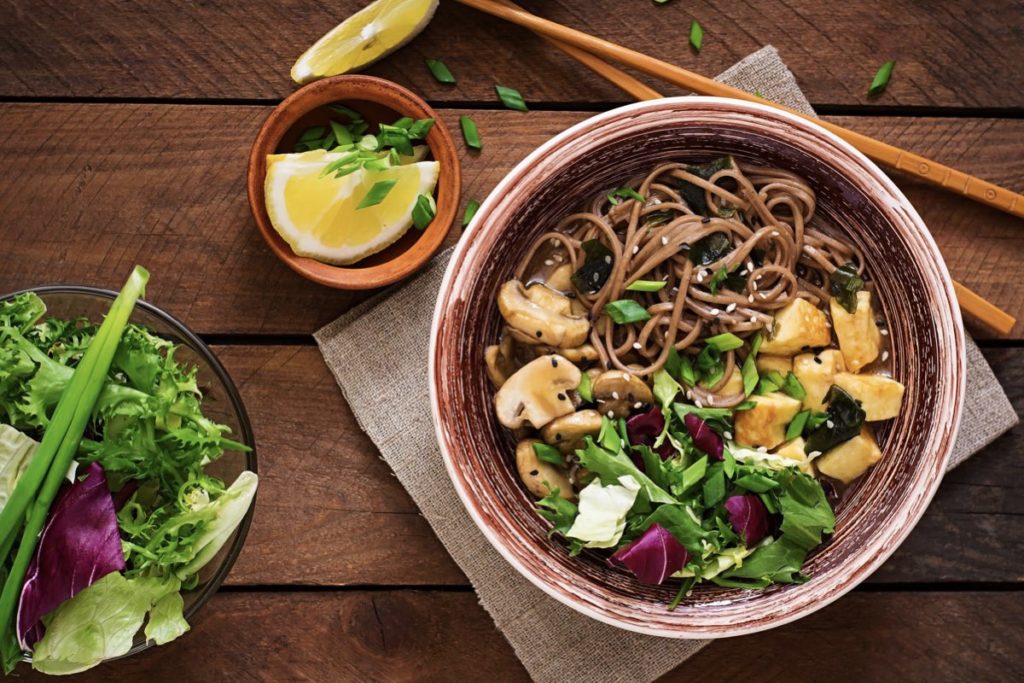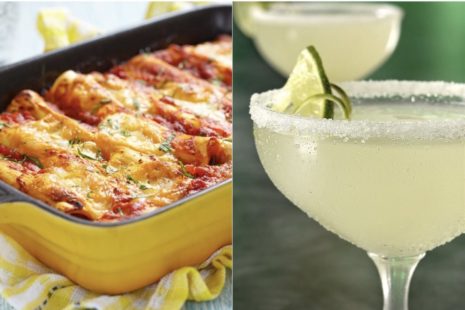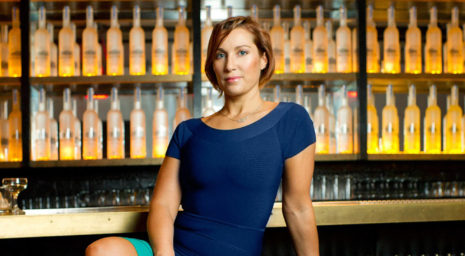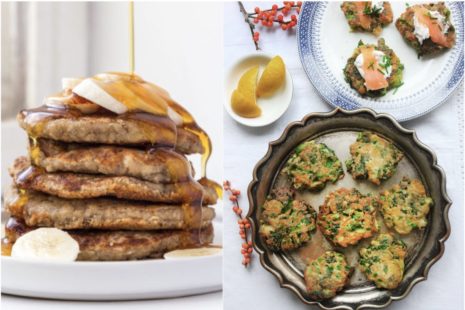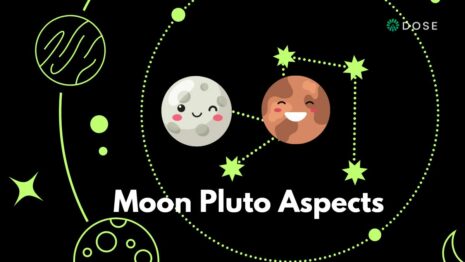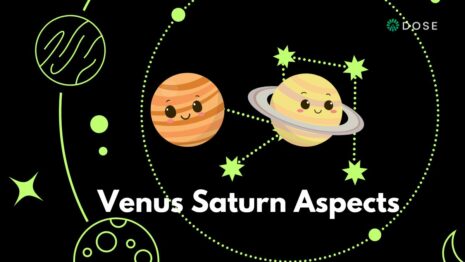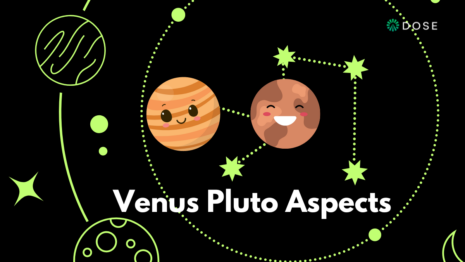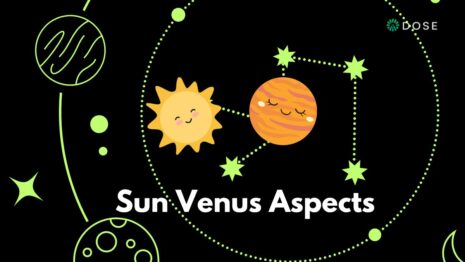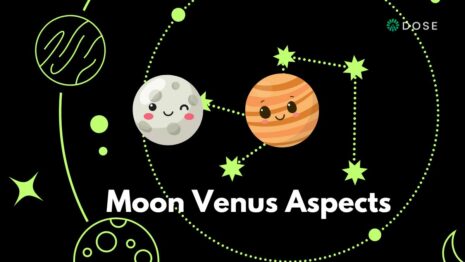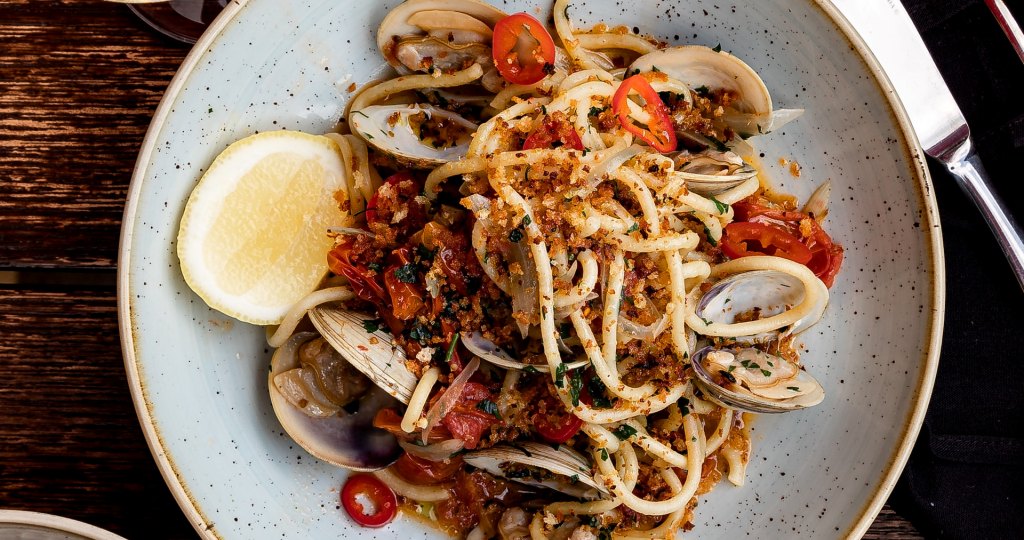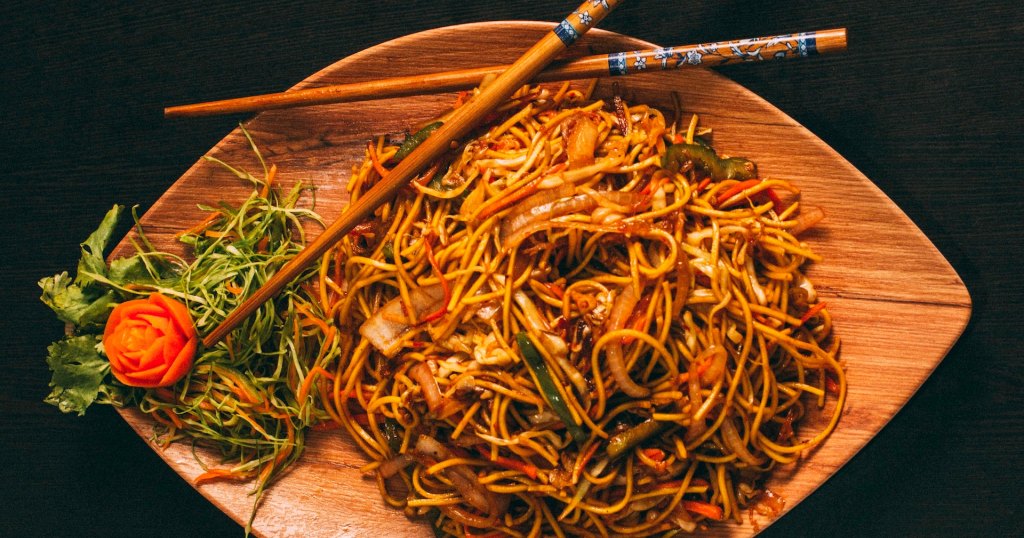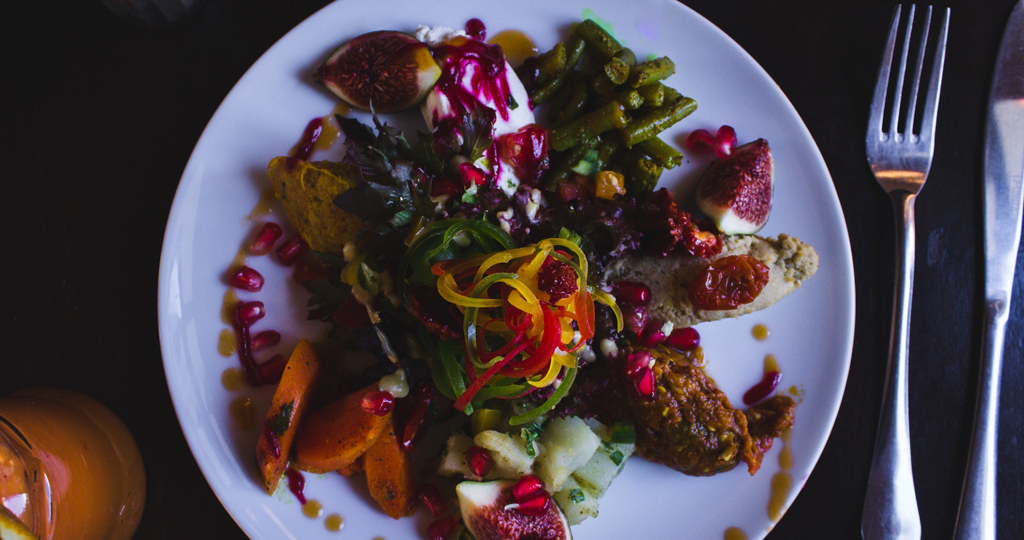More than just a fad, the right diet can become a way of life: one that accepts balance, fluctuation and the realities of life as part and parcel of eating well. If you’re looking for some sort of structure, see if any of these ways of eating are right for you…
The Okinawa Diet
“Okinawa is a region in the southernmost part of Japan where inhabitants have traditionally had the longest lifespans on earth. The Okinawa diet is made up mostly of vegetables and legumes, especially soy. The traditional diet of the islanders contains 30 per cent green and yellow vegetables. It consists of smaller quantities of rice and instead the staple is the purple sweet potato, which makes up a significant part of the diet.
“Other than vegetables and sweet potato, the diet encompasses a small amount of grains or seeds, soy, a lot of legumes, some bitter melon, shiitake mushrooms, burdock, jasmine tea, seaweed, and an array of herbs and spices. Meat and dairy are eaten very occasionally and there is practically no sugar or refined carbohydrate in their diet. Fish is consumed in moderation, and alcohol consumption is limited to an occasional drink,” says nutritionist Sophie Thurner.
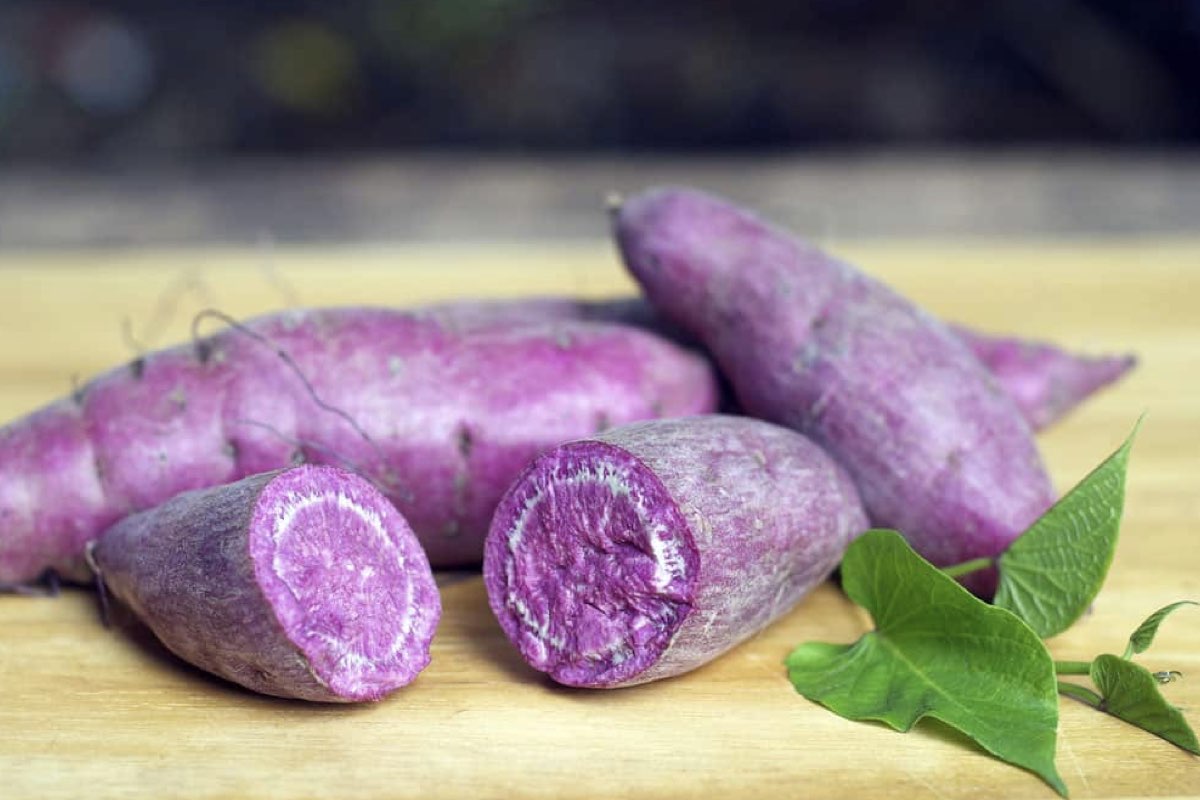
“One of the components of the diet is mozuku, a low-calorie edible seaweed found throughout Japan. Mozuku is rich in a carotenoid known as fucoxanthin which may also promote fat loss. Whilst mozuku may not be available world-wide, there are many other seaweeds and sea vegetables which are such as brown seaweeds that contain fucoxanthin,” nutritionist Shona Wilkinson says.
The benefits
“Studies show that Okinawans who eat a traditional diet do not gain weight as they age. Additionally, their rates of heart disease are 80 per cent less and of cancer are 50 per cent less than Americans. It’s a diet low in saturated fats, refined carbohydrates and overall calories,” Sophie says.
“It is associated with a reduced risk of cardiovascular disease and is thought to promote healthy ageing and longevity due to its low caloric intake, low glycemic load, its impact on inflammation levels and oxidative stress, and optimising cholesterol measures,” nutritionist Gabriela Peacock adds.
The downsides
“It is a very restrictive diet and difficult to abide to if you don’t have access to the traditional Okinawan food items,” Sophie says.
“A potential downside of taking this isolated diet and adapting it into a western lifestyle may be the potential of a high salt intake, through miso, soy & pickled vegetables and salted fish. High salt intakes can be linked to hypertension,” Gabriela says.
The Pegan Diet
“The Pegan diet is a combination of the vegan and paleo dietary approach, created by Mark Hyman. The idea is to eat an abundance of vegetables, a lot of nuts and seeds and some fish, meat and eggs. Dairy, whole grains, legumes, added sugar, oils, alcohol and coffee and processed foods are to be excluded, as per paleo principles,” Sophie explains.
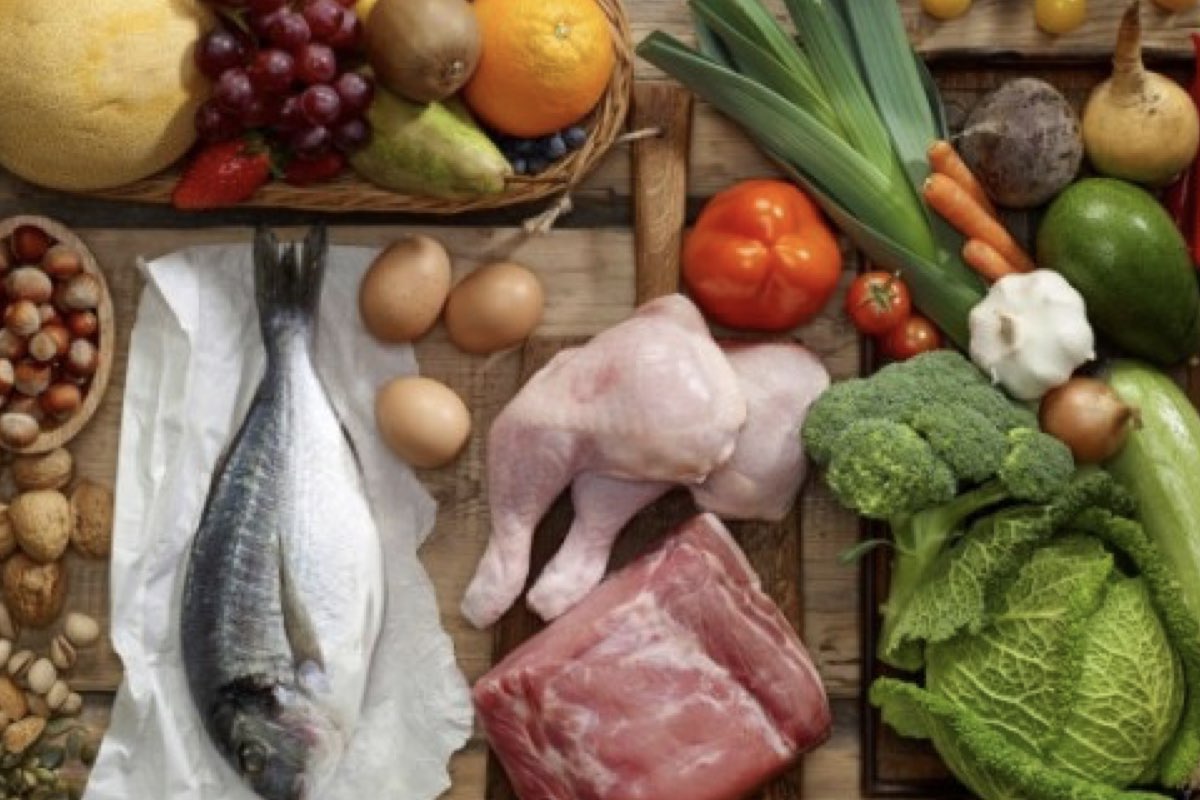
Vegetables should make up 75 per cent of your plate but “as a ‘half-way point’ between a vegan and paleo diet, Pegan does encourage eating small amounts of good-quality animal foods, including meat,” says Shona.
The benefits
“The major benefit is the removal of strict (often judgemental) rules associated with both vegan and paleo diets. It encourages paleo dieters to eat more and a broader variety of vegetables, and encourages vegans to include sustainably sourced animal/marine protein sources in their diet,” says Gabriela.
“One of the great things about the Pegan diet is it promotes a healthy way of eating, and is not a crash diet. It is definitely sustainable long term, with the added benefit that it is more environmentally friendly. Raising livestock for food, such as cows, pigs and chickens, produces more greenhouse gasses than the entire transportation industry. Plant foods produce much less greenhouse gas emissions and take up less land and water. Reducing your intake of meat and dairy can help to reduce the burden on the environment,” Shona says.
The downsides
“Access and availability of locally sourced, ethically raised produce is not always possible,” Gabriela says.
The Nordic diet
The Nordic diet typifies how people who live in the Nordic countries (Denmark, Finland, Iceland, Norway and Sweden) eat. It focuses on locally sourced and sustainable foods, and is high in seafood and fibre while being low in sugars. Wild foods are good, as is top quality meat that was reared and produced in the best possible way.
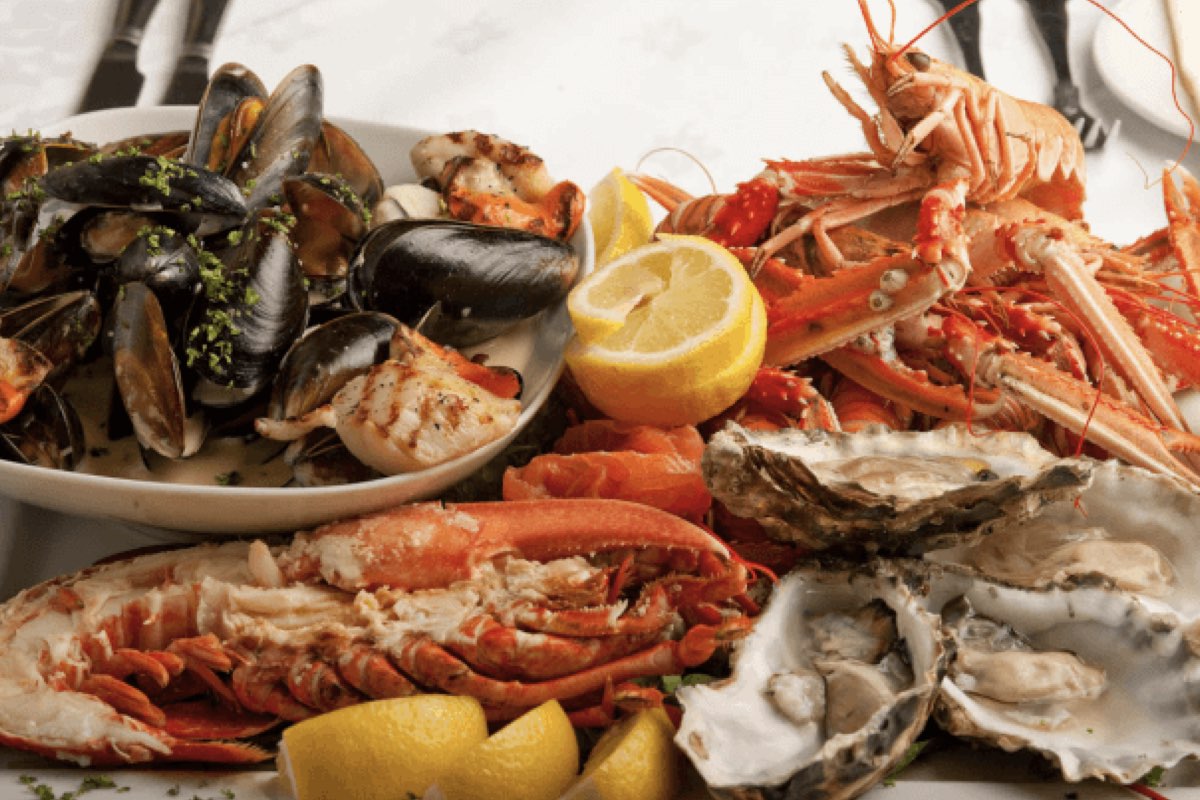
Red meat and sugars are low on the list. “The traditional Nordic diet is high in brain-healthy omega-3 fatty acids from oily fish, along with plenty of vegetables, whole grains, dairy and bread,” Sophie says. Rapeseed oil also falls firmly into the ‘yes’ category. In fact, this is the main difference between the Nordic and Mediterranean diet – the latter emphasises olive oil.
The benefits
“Nordic bread is often wholegrain sourdough bread. Whole grain bread provides more fibre and more nutrients compared to white bread. Sourdough is fermented, making it easier on digestion and resulting in a superior effect on blood glucose levels because the glucose is released more slowly than that of non-fermented bread,” Sophie says.
The downsides
Not many – other than what is seasonal and available in Scandinavia isn’t always sold here.
Get your weekly DOSE fix here: SIGN UP FOR OUR NEWSLETTER
